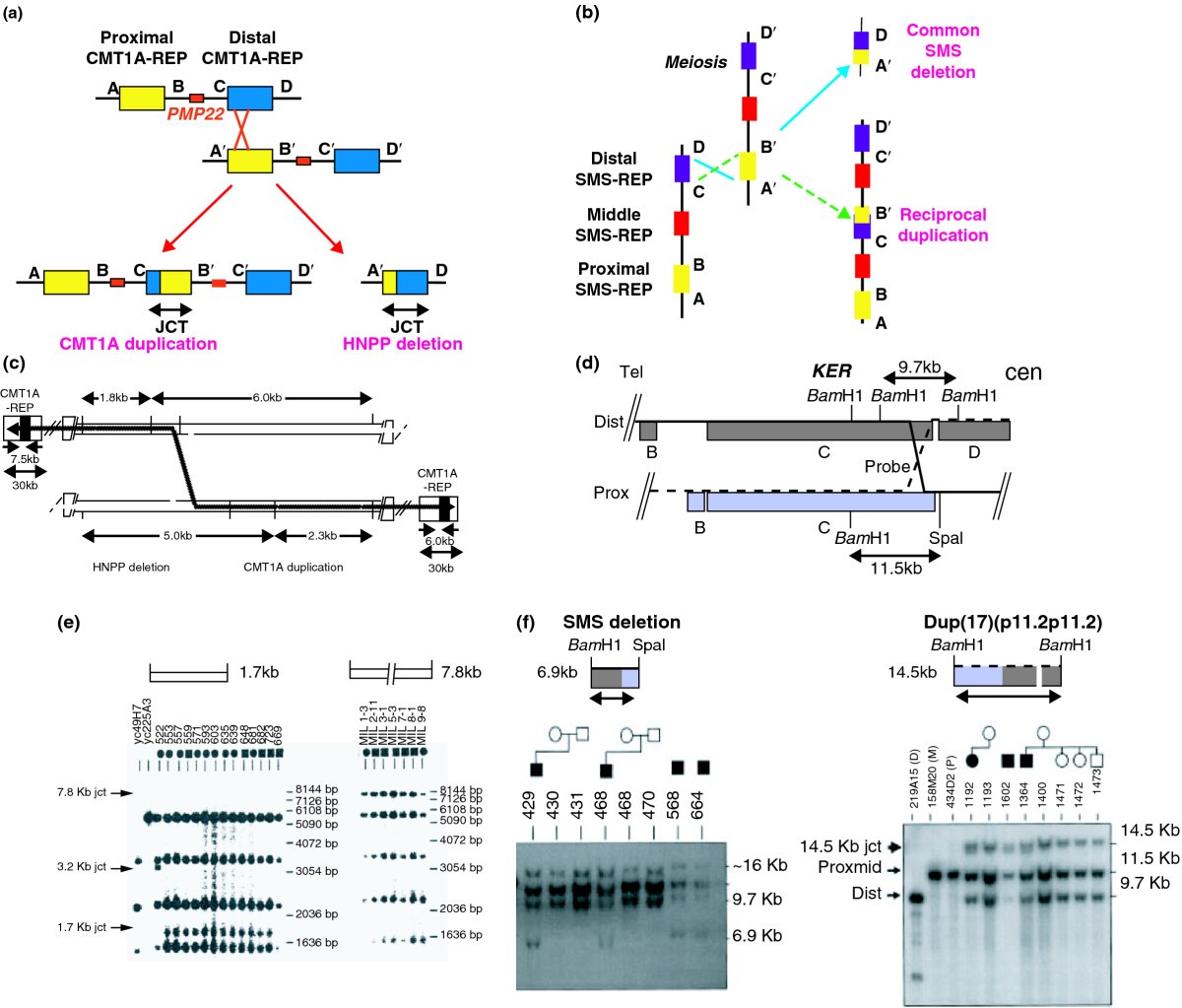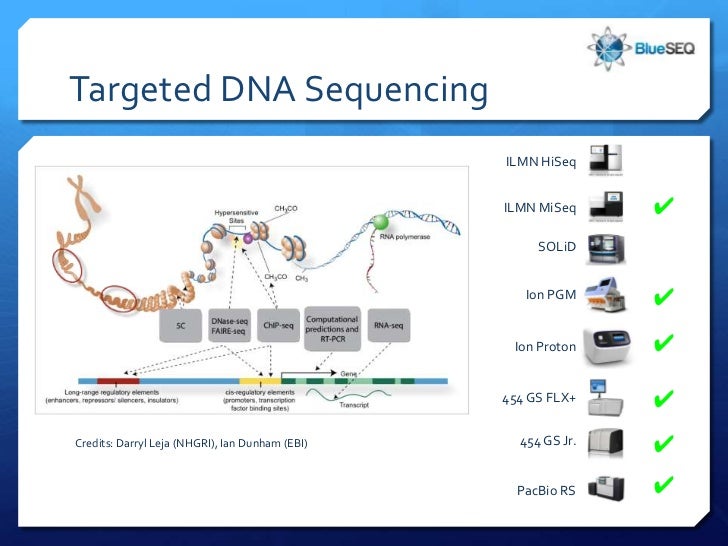

Targeted Next Generation Resequencing however provides a great balance of these tools, allowing both screening and variant discovery research designs. At the other end of the spectrum, exome sequencing and Whole Genome Sequencing (WGS) are excellent approaches for sequencing the human genome as they provide comprehensive genetic analysis and variant discovery. When the amount of target regions is limited (1–20 target loci), and when the aims of the study are identifying or screening known targets or genetic variants, Sanger sequencing and PCR are typically good choices. Variables might include things like the number of samples, the total amount of sequence in the targeted genomic regions, sequencing costs, and ultimately, the overall goals of the research study. However, deciding whether to use PCR, Sanger sequencing, targeted resequencing, or wider next generation sequencing (NGS) techniques like exome sequencing or Whole Genome Sequencing is a complex process that involves several variables. The use of targeted resequencing to study human genetic variation has also been used to understand and identify the genetic basis of somatic mutations. This approach has been applied to the discovery of rare variants associated with complex diseases. The use of targeted resequencing technologies has revolutionized the study of human genetic variation by allowing the analysis of coding regions, non-coding regions, and regulatory elements.

What are the Advantages of Targeted Sequencing vs Sanger Sequencing?


 0 kommentar(er)
0 kommentar(er)
